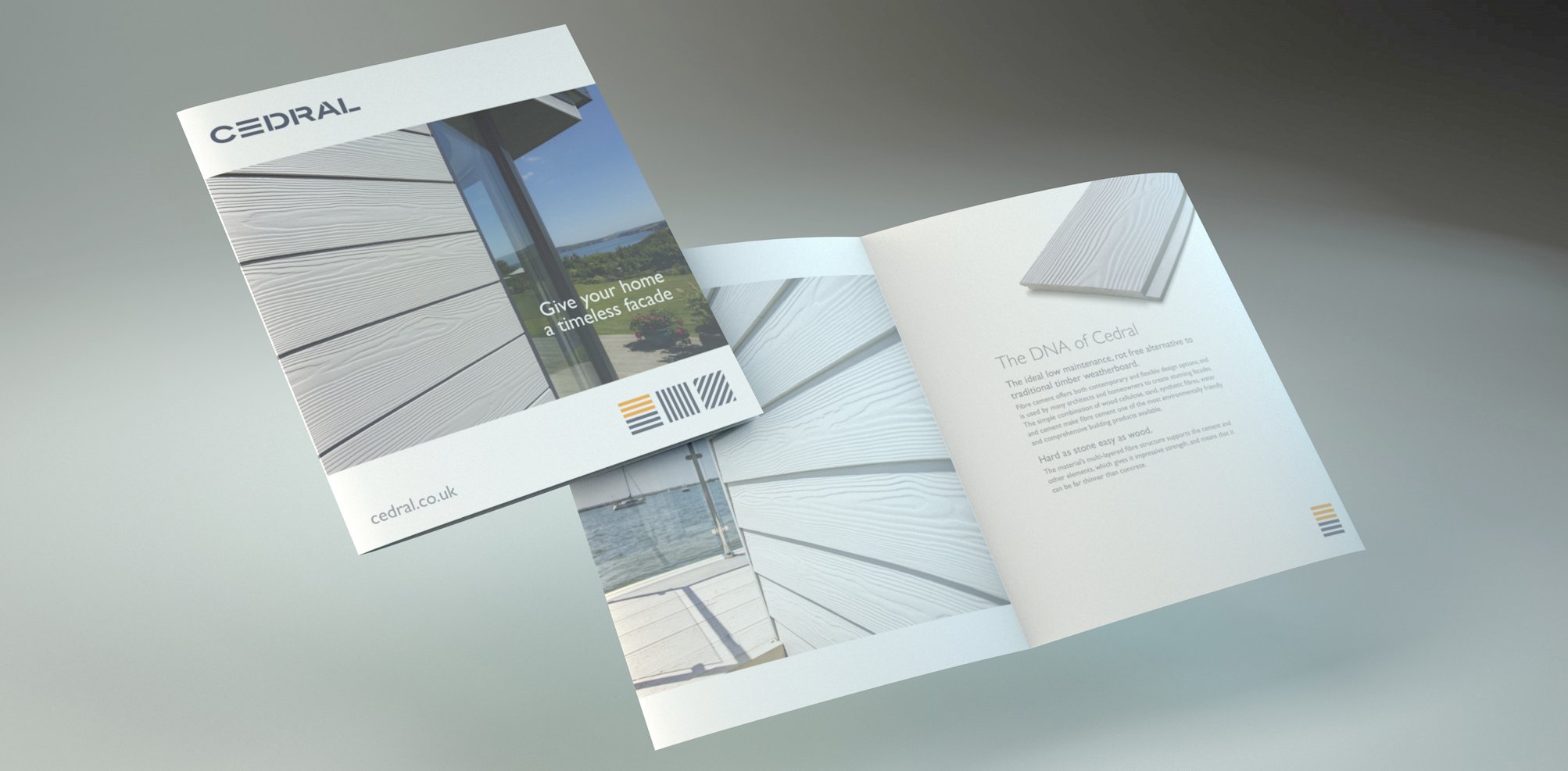The roof is one of the most important parts of your house. It offers protection from the elements and keeps your home cool in summer and warm in winter. That’s why it deserves good care and maintenance so that you can enjoy its protection for a long time. With our tips, you can expand the lifespan of your roof.

What is the average lifespan of a roof?
The life expectancy of a roof depends on a variety of factors:
- Professional workmanship A professionally constructed roof should last several decades. The attention to detail during its construction will determine how well it will withstand the test of time.
- Quality materials The type of roofing used and the robustness of the material has a big impact on the resistance of your roof against the elements.
- Location of the roof A roof that is regularly exposed to extreme weather conditions e.g. on the coast has a lower life expectancy than one in the calmer inland.
- The shape of the roof

Flat roofs versus pitched roofs
A flat roof is usually the cheapest, but also the most vulnerable roof construction. With careful processing of the bitumen or plastic sheeting, a flat roof will normally last 30-40 years. However, have a regular look at the roof, especially after storms or heavy rain. Perfectly functioning drainage is also crucial against leaks. A pitched roof requires less care. On the one hand, because the inclination prevents rainwater from accumulating on the roof and, on the other hand, because the materials used for the roofing are generally more weather-resistant. Cedral fibre-cement slates, for instance, have a minimum lifespan of more than 60 years.

Do a roof check-up
To find out how long your roof will still last, ask an expert to carry out an assessment. On the Cedral website you find a list of specialist roofers or carpenters that can do that for you. They check the following points:
- Leak tightness This is the most important criterion during an assessment. A leaking roof fails to serve its purpose and the ingress of water can cause rot, mould and frost damage.
- Roofing condition The appraiser will examine the state of your roof. Individual slates or tiles that are cracked, broken or moved out of place can usually be easily replaced.
- Dirt and moss Not all dirt, moss, lichen or rust stains are signs of damage to your roof. They should be inspected and cleaned though, to avoid deterioration of your roof in the long run.

Make your roof last longer
The roof is a sensitive part of the house. To expand its service life, we recommend that you apply a regular maintenance and care routine, like that of a garden or a car. We advise you to carry out a visual maintenance once or twice a year, depending on your location and the type of roof (see above). That way, you will also discover damage early, before leaks create serious damage to your home. Should you spot any anomaly, during one of your visual inspections, then reach out to a roofer. We draw your attention on the fact that climbing on your roof can be very hazardous. Not to mention that certain materials might require specific handling. A professional has the required material to remain safe at all time and knows how to deal with all types of roofing material. The roofer will plan a more thorough inspection and define if your roof requires more maintenance. During this maintenance, minor repairs will be carried on. The roofer can fix broken, missing, lose or moved roofing materials. Dirt and deposits are removed while giving your roof a general clean. Never use high-pressure cleaners for this, as the water jet is so strong that it can damage your roof covering. We also advise against chemical agents. Biocides are harmful to the environment and their effects are short-lived.

How to get rid of moss and algae?
Moss and lichen like moist surfaces. The construction of your roof could be at stake, for instance if your roof pitch is too small or if the rear ventilation is insufficient. Environmental factors also play a role. Moss and algae thrive in wet climates and in shady places, for example if tall trees block the sun. Now, moss, algae and lichen on your roof are harmless from a purely structural point of view. However, in the long run, they can impair the function of roof components. So consider removing trees that cast a shadow on your roof so that it doesn’t dry properly. Or you can improve the rear ventilation of your roof. If you are considering a roof renovation, discover our practical advice here.
